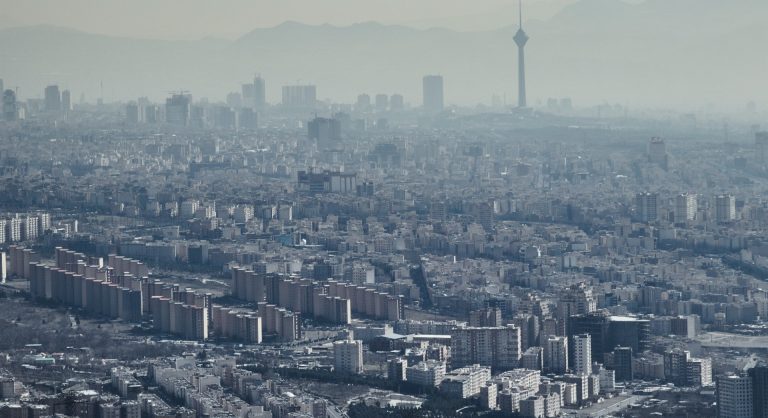Iran’s groundwater depletion is reaching crisis levels, warn Concordia researchers

More than three quarters of Iran’s land is under extreme groundwater overdraft, where the rate of human uptake is higher than the rate of natural recharge. This is according to a new study led by Concordia researchers published in the Nature journal Scientific Reports.
The article was co-authored by Samaneh Ashraf, a former Horizon postdoctoral researcher now at the Université de Montréal, and Ali Nazemi, an associate professor in the Department of Building, Civil and Environmental Engineering. Amir AghaKouchak of the University of California, Irvine, also contributed to the paper.
The researchers write that mismanagement by the country’s authorities is exacerbating existing strains on the semi-arid country’s aquifers by an inefficient agriculture industry. Without urgent action, they note, the country faces multiple national crises.
“The continuation of unsustainable groundwater management in Iran can lead to potentially irreversible impacts on land and the environment, threatening the country’s water, food and socioeconomic security,” Ashraf says.
The authors write that an estimated 74 km3 of groundwater has been depleted from the country’s 500 basins and sub-basins between 2002 and 2015. This has contributed to both growing soil salinity and an increase in land subsidence — basically, land sinking. Among the most at-risk regions of land subsidence is the Salt Lake Basin, which includes Iran’s capital Tehran, home to some 15 million people and already at risk of severe seismic activity.
 Samaneh Ashraf: “The continuation of unsustainable groundwater management in Iran can lead to potentially irreversible impacts on land and the environment.”
Samaneh Ashraf: “The continuation of unsustainable groundwater management in Iran can lead to potentially irreversible impacts on land and the environment.”
Human role is clear
The researchers used publicly available data published by the Iranian Ministry of Energy as the basis for the study.
“We wanted to quantify how much of Iran’s groundwater was depleted,” Nazemi explains. “Then we diagnosed why it was depleted. Was it driven by climate forces, by a lack of natural recharge or because of unsustainable withdrawal?”
After looking at all the data they had available, the researchers concluded that heavy agricultural demands were the overwhelming leading cause of groundwater depletion. The country’s west, southwest and northeast, where farmers grow strategic crops like wheat and barley, experienced the most severe drops.
The paper notes that the number of registered wells that draw groundwater for agriculture has almost doubled in a decade and a half, from around 460,000 in 2002 to roughly 794,000 in 2015. Anthropogenic groundwater withdrawals decreased in 25 of the country’s 30 basins during that same period. This suggests that the aquifers are being overexploited by human activity.
The researchers looked at soil electrical conductivity as a proxy for measuring salinity levels across the country and found that they were rising as well.
 Ali Nazemi, Assistant Professor, Building, Civil, and Environmental Engineering
Ali Nazemi, Assistant Professor, Building, Civil, and Environmental Engineering
Urgent action required
Compounding all these problems are governments at the local and national levels that are not equipped to address the growing crisis for a variety of reasons, including international sanctions, local corruption and general mistrust of authorities among the population. But the authors say the country is in acute need of both short- and long-term solutions.
“In the short term, the unregistered wells need to be shut down,” Nazemi says. “But longer term, Iran clearly needs an agricultural revolution. This requires a number of elements, including improving irrigation practices and adopting crop patterns that fit the country’s environment.”
While Iran is uniquely at risk due to its natural environment, growing population and ineffective governance, Nazemi warns that its experiences offer warnings to other countries, including Canada.
“Iran’s example clearly shows that we need to be careful how we manage our water because one bad decision can have a huge domino effect. And if the problem is ignored, it will easily get out of control,” he says. “It also illustrates the importance of environmental justice and stewardship. These are even more important when addressing the problem of climate change.”
All three authors are of Iranian origin and dedicated the paper to the people of Iran.
The study received financial support from the Natural Sciences and Engineering Research Council of Canada (NSERC).
Read the cited paper: “Anthropogenic drought dominates groundwater depletion in Iran.”


